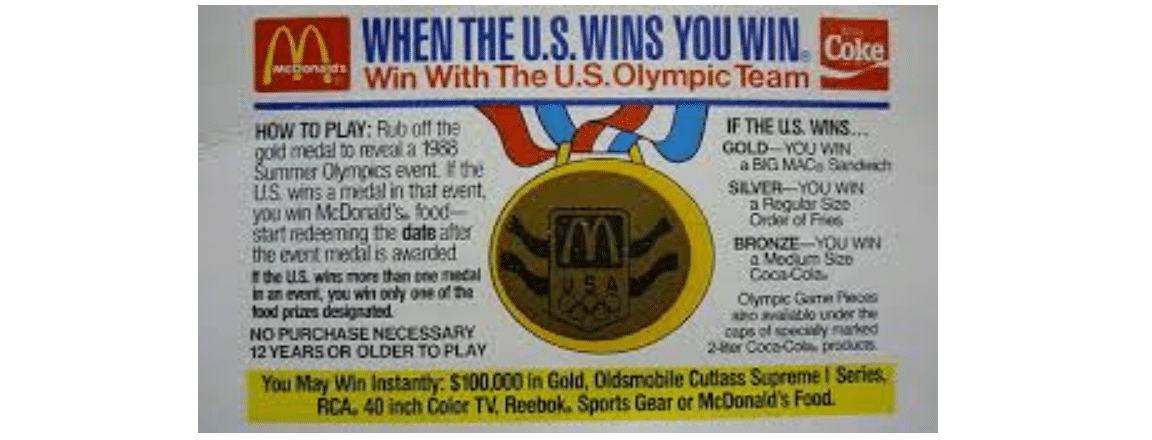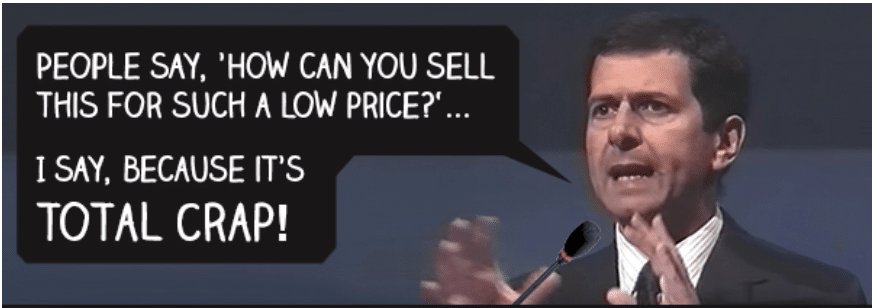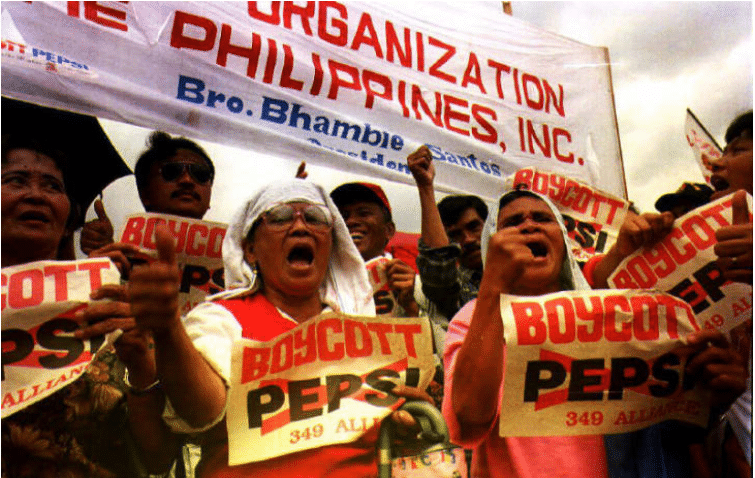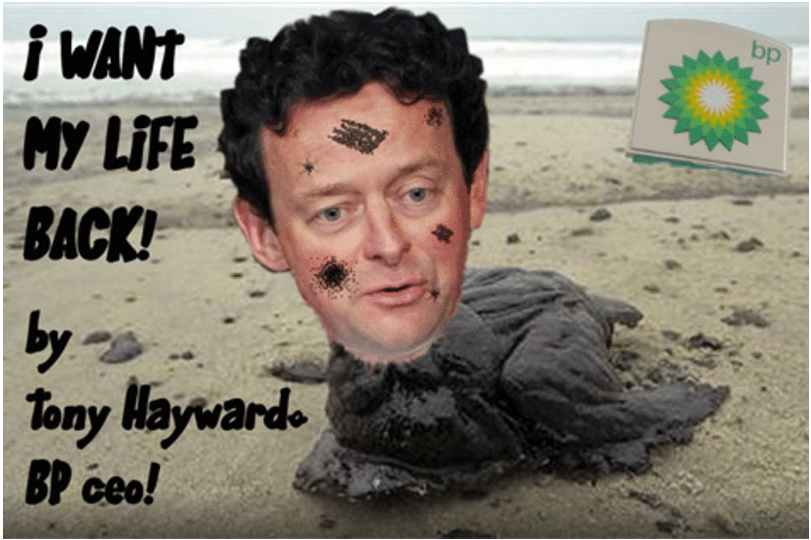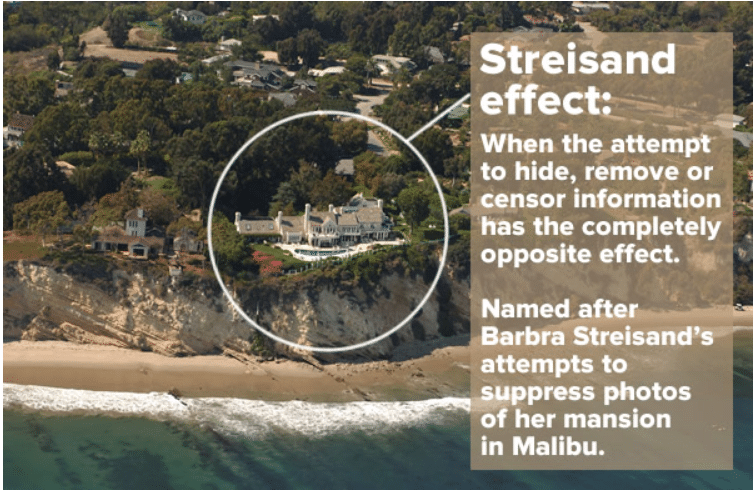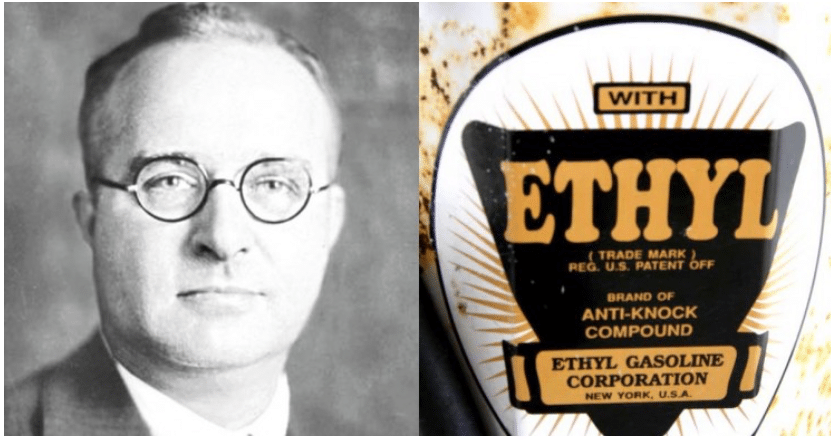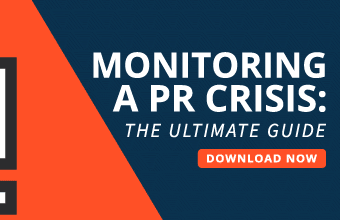Public relations is supposed to be a means of managing the spread of information between an organization or an individual and the public. The goal is, more or less, to make the client look good in the public’s eyes. Sometimes, this doesn’t go according to plan.
Here are seven mess-ups you won’t believe actually happened:
Todd Davis
As the CEO of identity theft company LifeLock, Davis gave out his social security number to show how secure LifeLock was. Somewhat predictably, not only was his identity stolen, but it was stolen a jaw-dropping thirteen times.
Source: Business Insider
McDonald’s
In 1984, McDonald’s ran an Olympics campaign where people were given scratchcards with various events on them. If the U.S. won, customers could redeem their scratchcards for a free burger. Trying to be clever, McDonald’s heavily lent on scratchcards for events that the Soviets would typically win; that same year, Soviet athletes boycotted the Olympics, and American athletes won almost every event.
Source: praxis.ac.in
Gerald Ratner
When the CEO of British jewelers Ratners was asked how his firm could sell its products for such a low price tag, he joked “because they’re total crap.” Even though public opinion already holds the quality of Ratner’s products in low regard, insulting customers is always a mistake. The firm went bust shortly thereafter.
Source: thehustle.co
Pepsi
In 1992, Pepsi ran a contest in the Philippines. The company was set to hand out $1 million to one lucky winner based on bottle cap numbers. Unfortunately for all involved, the winning number wasn’t unique, and there were 800,000 winners. Rioting swiftly followed, and Pepsi withdrew all but two of its employees. This is a PR disaster with a tragic end after a number of people died when a Pepsi truck was firebombed.
Source: mentalfloss.com
Tony Hayward
When then-BP CEO Tony Hayward said he “would like his life back” in the wake of a major oil spill, his comments were not well received by a disgruntled public forced to put their lives—and environments—back together. He was replaced a month later.
Source: wonkette.com
Barbra Streisand
While an aerial photographer was taking pictures of the California coastline to illustrate erosion, Barbra Streisand’s mansion was included in the images. Streisand sued the photographer on charges that he had violated her privacy, but ultimately just drew further attention to the case—and her house. This has come to be known as the “Streisand Effect”—when you try to suppress certain information, but your efforts backfire.
Source: globalnerdy.com
Thomas Midgely
In order to prove that a gas additive, tetraethyl lead, was safe, Midgely poured the substance on his hands and inhaled it for one minute. He was later diagnosed with lead poisoning.
Source: interestingengineering.com
Most businesses, at one point in their life cycle, will find themselves facing some kind of a PR disaster. Steer clear of these absurdities, and you might be lucky enough to linger in obscurity.



